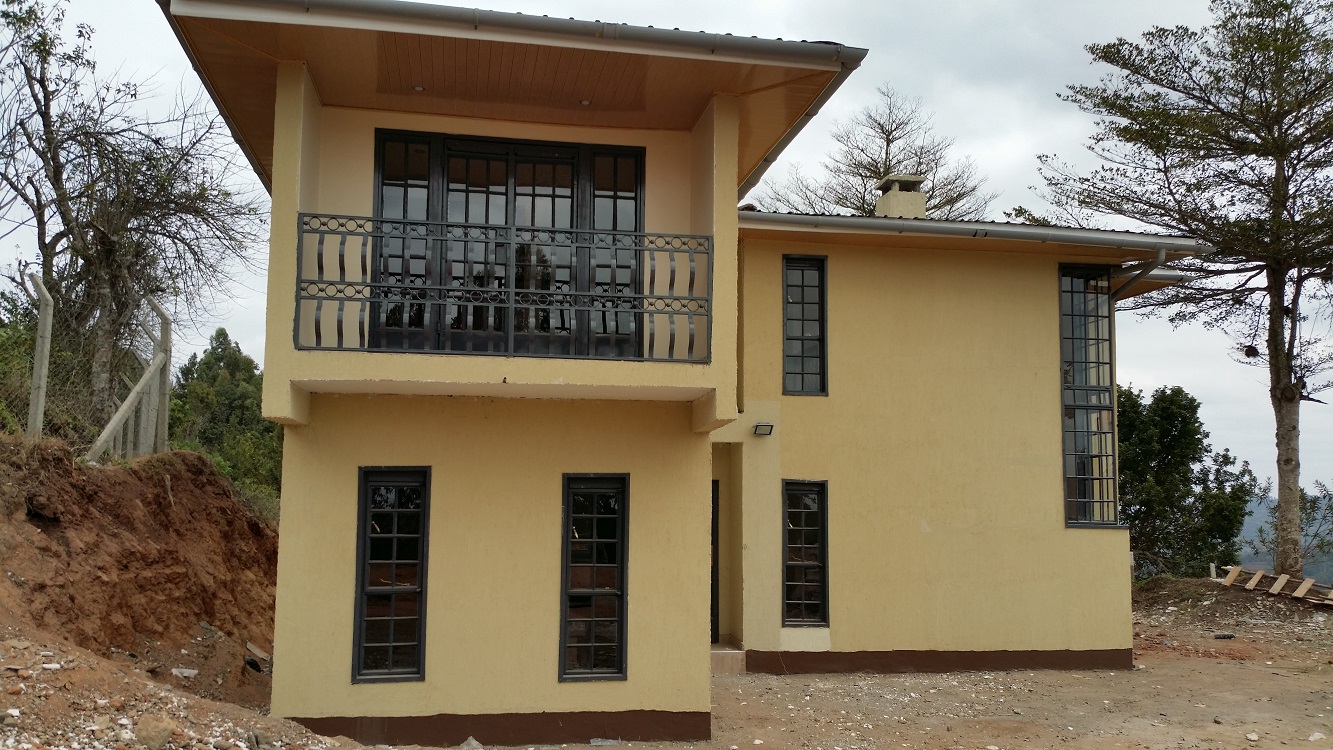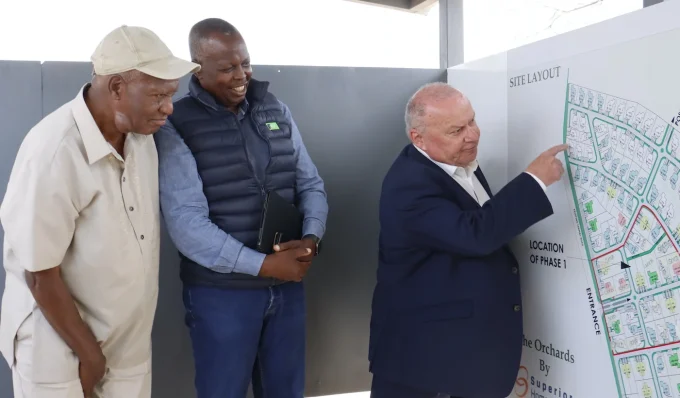Undoubtedly, the biggest space to play for any real estate developer in the future is affordable housing; . That is the development of units selling at between Ksh2 million to Ksh4 million.
For us to achieve this sweet spot, affordable building materials and harnessing of new building technologies that lower construction cost and availability of affordable loans for buyers will be the Holy Grail that unlocks the prospects of the property market.
UN-Habitat estimates that more than half of Africa’s population in the cities is living in informal housing and 14 million housing units are needed annually. In Kenya, 60% of households are considered to be living in inadequate housing. Thus, 250,000 units are required annually but only 50,000 units are constructed.
Building materials challenge
However, pricing remains a big deterrent for potential homeowners. As developers sink into debt and banks auction properties built on bank loans, some of already existing housing units remain ghost towns as they are priced far out of reach.
Even as government projects to have at least 500,000 affordable homes in all major cities by 2022, the stubborn challenge remains finding practical solutions to deliver faster and cost-effective houses to the nation.
There is an urgent need for the government to partner with the private sector to develop homes in serviced land, enhance reforms in property registrations, enable access to affordable financing and adopt new low-cost building technologies.
The government has made commendable strides by developing a comprehensive housing package that will incentivize the private sector to construct low-cost housing; which would include reduction of corporate tax rates from 30% to 15% for developers who construct multiple low-cost units.
Though the government’s move is laudable – it, however, does not address the issue of pricing for building materials is key in delivering low-cost mass housing.
Read >> Mudavadi is Right on BBI – It’s a Document of the Elite
It is noteworthy that building materials constitute the main input in construction, sometimes accounting for as much as 75 percent of the cost of a low-cost house. In addition, most construction companies and individuals still import significant amounts of building materials and components thus contributing to high building costs.
The Kenya National Bureau of Statistics (KNBS) in its 2018 Economy Survey report indicated that the cost of materials increased by 3% in 2017 compared to a 1.8% growth in 2016. Further, the highest growth in the cost of building materials was noted in the residential buildings having increased by 3.8%.
One of the biggest impediments to adopting ABT has been professionals and consultants with little or no knowledge of these technologies
Notably, sand prices recently shot up due to strict regulations set in various counties that the commodity is harvested in a move set to curb further degradation of the environment. This only makes it hard for contractors who are already grappling with high costs for timber, iron and steel bars, rods, labour among others.
By addressing the pricing issue, we will not only surpass the deficit of 200,000 housing units per year, but will also encourage most contractors to stop using substandard building materials in an attempt to cut costs at the expense of people’s safety.
Affordability & infrastructure
In addition, the government should also encourage the use of Alternative Building Technologies (ABTs). These technologies have proven that they can improve the speed of construction eventually reducing the overall cost of construction by delivering acceptable quality standards of housing.
ABTs are known to range from prefabricated panels, dry construction, use of indigenous materials, use of green or recycled materials and use of composite structural materials among others.
Kenyans have been slow in adopting alternative building technologies and have a strong bias towards traditional materials and techniques, specifically stone and cement. Many still doubt the durability of these new technologies.
Read >> Uhuru’s Legacy Strategy is Killing Kenya’s Economy
One of the biggest impediments to adopting ABT has been professionals and consultants with little or no knowledge of these technologies; who in turn influence potential house builders and buyers against technology-based construction.
It is imperative to also look into land affordability and infrastructure as they too contribute to the overall pricing. Land is still considered as the single most expensive component of housing, accounting for 15 to 40% of total development cost.
Developers are also forced to go out of their way to put up better sewer systems and roads, thus passing on these expenses to property buyers.
Next >> Off-Plan Buying Proves to be the Better Option in Acquiring a Home













I am a civil engineer and I am looking into focusing on the construction industry using geosynthetic Technology. I believe that it has a more positive impact on the community and budget friendly. It is so nice to see articles like this to enhance my expertise. Here is where I am working right now.https://geoq.com.au/services/geosynthetic-liner-repairs/